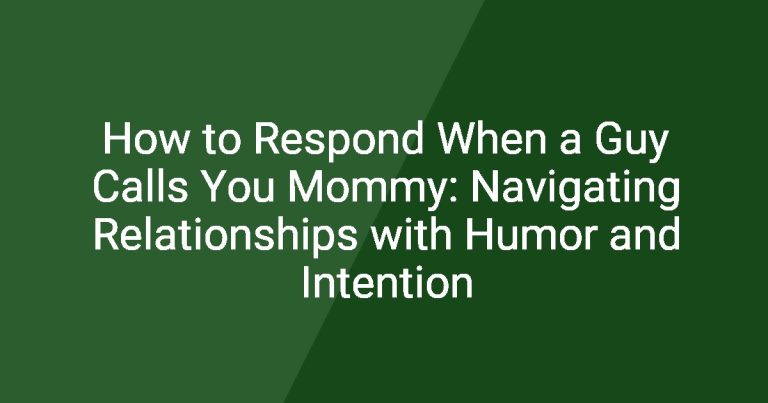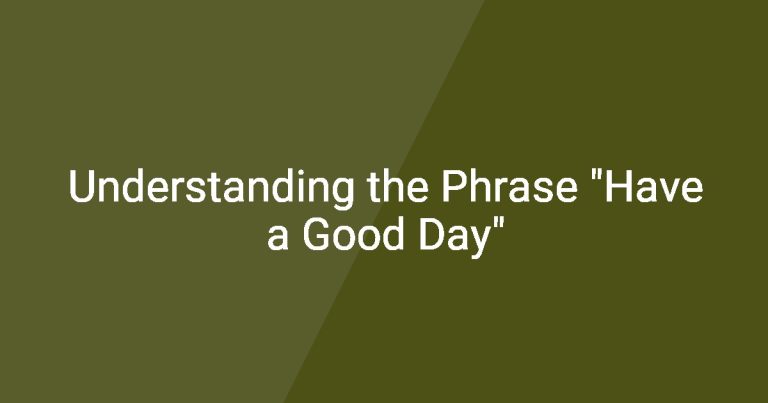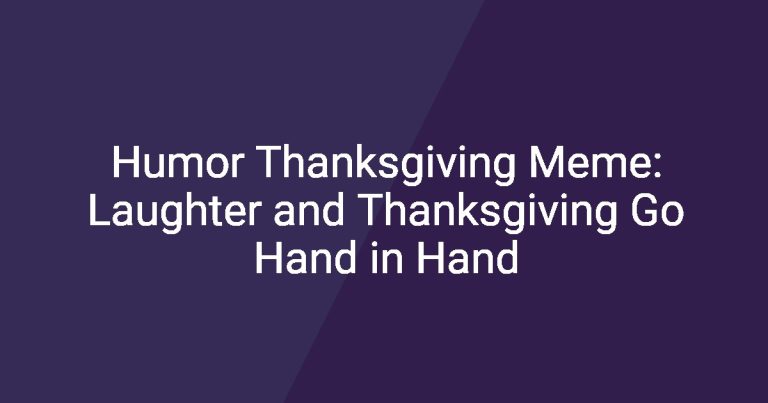Thanksgiving is a cherished holiday in American culture that brings families and friends together to celebrate gratitude, share meals, and reflect on the past year. As the day approaches, one of the most common expressions exchanged is simply “Happy Thanksgiving.” But how do you respond to this warm sentiment in a way that resonates with the spirit of the season?
Thanksgiving Greetings: Importance & Variations
Historical Significance of Thanksgiving
Founded on the principles of gratitude and community, Thanksgiving has its roots in the early 17th century, marking the harvest feast shared between Pilgrims and Native Americans. This holiday serves as a reminder of togetherness, offering a moment to acknowledge the abundance in our lives. The significance of Thanksgiving extends beyond food, inviting us to cultivate appreciation for what we have, enhancing family bonds, and fostering a sense of belonging.
Common Thanksgiving Greetings
The phrase “Happy Thanksgiving” is a ubiquitous greeting, but variations exist that convey the same sentiment, including “Have a Blessed Thanksgiving,” “Enjoy Your Thanksgiving,” or even more personalized wishes. Recognizing and acknowledging this holiday is crucial as it sets a positive tone for the interactions that follow.
Understanding the Context of the Greeting
Personal Connections
Thanksgiving is often celebrated with family, where traditions are passed down through generations. It’s a time of reconnection, whether sharing stories over a meal or participating in long-standing family rituals. In friendships and community interactions, such greetings foster warmth and affection, reinforcing the ties that bind us.
Workplace Etiquette
In professional settings, Thanksgiving greetings can vary significantly. They reflect company culture and the relationships among colleagues. Acknowledging Thanksgiving in the workplace can enhance morale and forge connections, making it essential to approach these greetings with thoughtfulness.
Crafting Your Response
Responding to Family and Friends
Your response to a Thanksgiving greeting from family or friends should be sincere and heartfelt. The essence of the holiday is about love and connection. You might say, “Thank you! Wishing you a wonderful day as well!” For closer relationships, you could personalize it further: “I appreciate it! Let’s celebrate together soon!” Such responses not only acknowledge the greeting but also strengthen your bonds.
Responding in a Professional Setting
In professional settings, it’s essential to strike a balance between being personable and maintaining professionalism. Responses like “Thank you for the kind wishes! I hope you have a great holiday!” work well. For more formal relationships, consider something like “I appreciate the warm wishes. Have a rewarding Thanksgiving!” This approach communicates gratitude while upholding workplace decorum.
Creative Ways to Respond
Utilizing Humor
A playful response can lighten the mood and bring smiles. For instance, saying something like, “Thanks! I’m thankful for stretchy pants this year!” might evoke laughter among friends and family. Tailor the humor based on your relationship, ensuring it remains in good taste.
Sharing Personal Thankfulness
Adding personal reflections on your gratitude can enrich your responses. Consider saying, “Thank you! This year, I’m especially grateful for our time spent together!” Sharing specific things you’re thankful for not only conveys depth but encourages a more meaningful dialogue.
Alternative Greetings and Wishes
Offering Unique Alternatives
While “Happy Thanksgiving” is conventional, exploring alternative expressions can add a refreshing touch. Consider using phrases like “Wishing you a joy-filled Thanksgiving!” or “May your Thanksgiving be overflowing with love and laughter!” This approach welcomes creativity while maintaining the holiday’s spirit.
Extending the Conversation
Use follow-up questions to deepen the connection post-greeting. Questions like, “Do you have any special plans for Thanksgiving?” or “What are you most thankful for this year?” can keep the dialogue ongoing and encourage shared stories or experiences.
The Broader Cultural Context
Thanksgiving Greetings Across Cultures
Expressing gratitude is a universal practice, found in various cultures worldwide. While Thanksgiving is uniquely American, many countries celebrate similar harvest festivals or days of gratitude, such as Canada’s Thanksgiving or Japan’s Kinrō Kansha no Hi. Recognizing these similarities emphasizes how gratitude transcends borders.
Inclusivity and Sensitivity
As we celebrate Thanksgiving, it’s crucial to be sensitive to diverse perspectives toward the holiday. For some, it may be a time of mourning or remembrance of a troubled history. Acknowledging these views and engaging in meaningful conversations surrounding them fosters a more inclusive environment.
Conclusion: Thoughtful Responses and Impact of Gratitude
Recap of Thoughtful Responses
Responding authentically to Thanksgiving greetings enhances our connections with others. Simple, heartfelt responses reflect the holiday’s essence, allowing us to share positivity and gratitude.
The Impact of Gratitude
Expressing gratitude has been shown to improve relationships and enhance well-being. Taking a moment to acknowledge what we are thankful for can lead to deeper connections and foster a supportive community year-round.
Call to Action
Engage with Readers
We would love to hear your personal experiences or unique responses to Thanksgiving greetings. What traditions do you celebrate? Consider sharing your thoughts and inspiring others to cultivate their own meaningful Thanksgiving traditions!
| Type of Greeting | Sample Response | Context |
|---|---|---|
| Family | Thank you! Let’s celebrate together soon! | Close relationships |
| Friends | Thanks! I’m grateful for our friendship this year! | Friendship |
| Workplace | I appreciate the warm wishes. Have a rewarding Thanksgiving! | Professional setting |
| Humorous | Thanks! Thankful for stretchy pants this year! | Lighthearted interactions |
| General | Wishing you a joy-filled Thanksgiving! | Universal greeting |
FAQ Section
1. What’s an appropriate response to “Happy Thanksgiving”?
A simple thank you followed by a warm wish for their holiday can be perfect. Something like, “Thank you! Hope your holiday is wonderful!” works well.
2. Should I respond differently to family and friends compared to coworkers?
Yes, responses can be more casual and personal with family and friends, while maintaining professionalism in workplace settings.
3. How can I incorporate my gratitude into my responses?
You can mention specific things you are thankful for, like family, health, or friendships. For example, “I’m grateful for my family this year!”.
4. Are there cultural sensitivities regarding Thanksgiving greetings?
Yes, some view Thanksgiving as a painful reminder of historical events. Being mindful and sensitive to this can help foster respectful discussions.
5. Can I use humor in my responses?
Absolutely! Humor can lighten the mood, but ensure it aligns with the relationship and context to avoid any miscommunication.
6. What are some alternative greetings I can use?
Consider saying, “Wishing you a harvest of blessings!” or “May your Thanksgiving table be filled with love and laughter!”.
7. How important is it to extend the conversation after the greeting?
Extending the conversation shows genuine interest and can lead to a deeper connection. Follow-up questions about their plans make for great dialogue.
8. What’s the significance of Thanksgiving in different cultures?
Many cultures express gratitude through similar festivals worldwide, highlighting our shared values and appreciation for abundance.
9. How can I reinforce gratitude in my daily life?
Practicing gratitude can be as simple as keeping a gratitude journal or regularly expressing thanks to those around you—throughout the year, not just on Thanksgiving.
10. What if I am unable to celebrate Thanksgiving traditionally?
That’s perfectly okay! Consider celebrating in your own way, perhaps by volunteering or reaching out to friends. It’s all about nurturing relationships and showing gratitude in diverse forms.







